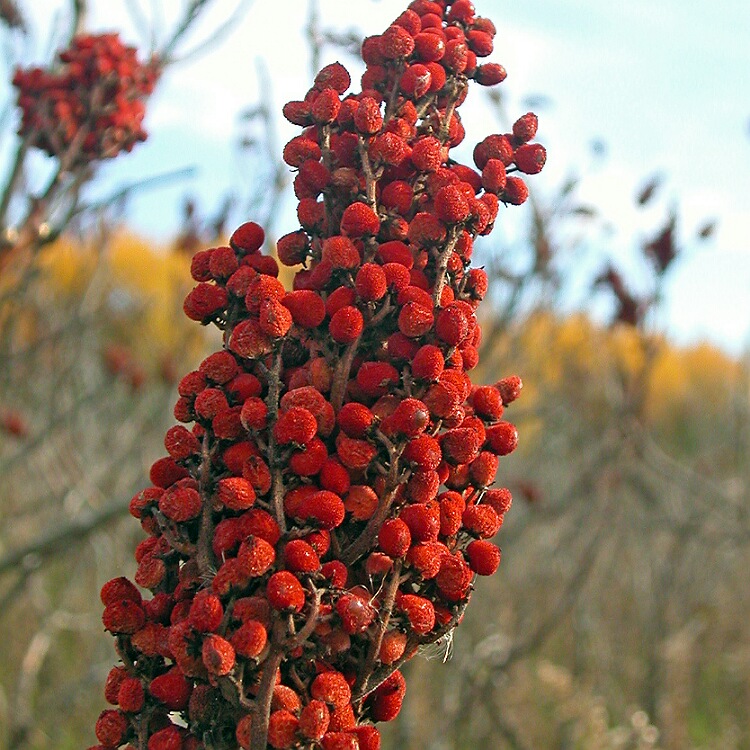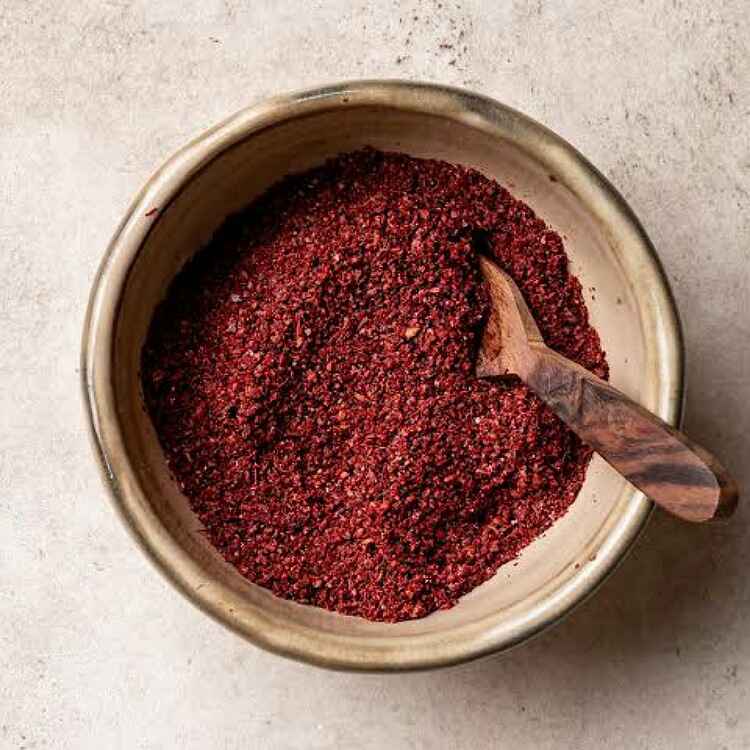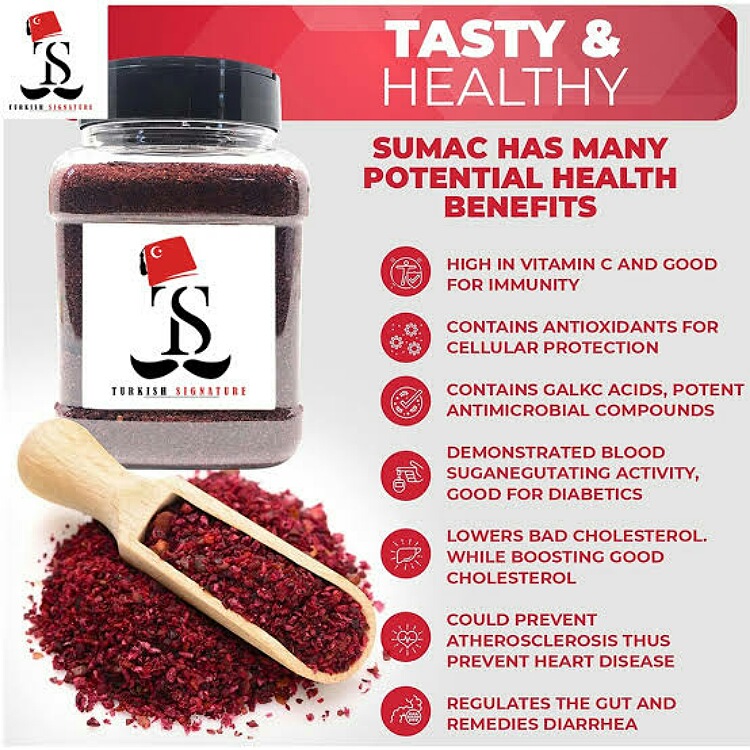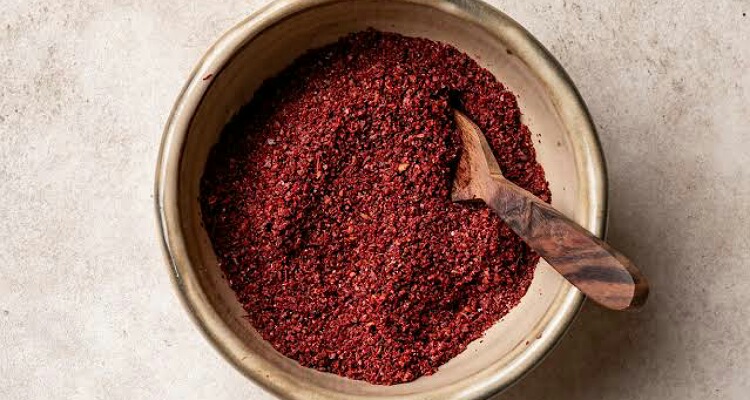Sumac is a plant that grows in the subtropical and temperate climates. Found in East Asia, Africa, and North America, this plant yields a spice that people also use as a medicine and a dye. Know everything about this spice here.
Sumac
Sumac is a dioecious shrub that grows to a height of 1 to 10 meters. The leaves are in varied shapes and sizes depending on the type of species. The flowers grow in an aggregate form. Each flower is small, creamish, green or red in color. Each flower has five petals. The fruits are reddish in color and form a densely packed cluster at the end of the branch. Propagation is both by seeds or by new shoots that spring from the rhizomes or roots.

Some species are grown for ornamental reasons. The fruits are dried and ground to form a red powder that is of value as a spice. Additionally, some people steep these fruits in water to make a drink with honey or syrup. It has a tart flavor due to its malic acid content. The leaves and bark have tannins in it in high quantities. These are used as dye. In Middle East, it also has medicinal value for management of high blood pressure.
Nutritional facts
Sumac 1 teaspoon or 2.7 grams has just 8 calories. The calories are from carbs 68%, fats 47% and protein 21%. Carbs are just 1 grams in this and sugars are zero. The fats are negligible. There is no saturated fats or cholesterol. It is mainly as oleic and linoleic acid. Oleic acid is monounsaturated and protects the heart. While linoleic acid is polyunsaturated and takes care of cell membranes and skin. Protein is also minimal. Dietary fiber is 1 grams.

Moreover, sumac has vitamin A, B complex vitamins, and small amounts of vitamin C. Sodium is 77 mg in 1 teaspoon. It has potassium, calcium and iron. Sumac has ample amounts of antioxidants that comes in the form of anthocyanins, tannins, and flavonoids. These reduce body’s oxidative stress and protect cells from damage. They reduce inflammation and lessen the risk of cancer and heart diseases.
Health benefits
Most benefits on health from sumac are due to its multiple nutrients. The monounsaturated and polyunsaturated fats are good for hair and skin. The antioxidants are of value and aid in blood sugar control. In 2014, a study showed that 3 grams of sumac daily helped 41 patients of type 2 diabetes to have better control of blood sugar. Their blood antioxidants levels was also higher at end of 3 months.

Compared to placebo, a 2016 study revealed that sumac drink reduced post-exercise muscle pain in 40 recruits. The antioxidants also have a potential to lessen body inflammation. This helps in protection of heart and decreases blood cholesterol and inflammatory markers. Atherosclerosis risk also comes down.
Also, read: Kahwa: Know the nutritional facts and health benefits of this traditional Kashmiri hot beverage!
Sumac is relatively safe. However, those allergic to cashews or mango should be careful of consuming it. People tend to have forgotten this spice over the years. They have underrated it. It’s time to revive it and use it again for its potential benefits for health.
